Iran's Supreme Leader Ayatollah Ali Khamenei is 81 and the longest-serving ruler in the Middle East
Credit: Office of the Iranian Supreme Leader via AP/Office of the Iranian Supreme Leader via AP
The longest-serving head of state in the Middle East will turn 82 next year, with speculation growing as to who will one day replace Iran’s supreme leader.
Claims of Ali Khamenei’s ill-health have circulated for years, most recently when dissident Iranian journalist Mohamad Ahwaze claimed in early December that an ailing Khamenei had handed power to his 51-year-old son Mojtaba.
But the octogenarian Ayatollah has to date survived everything from prostate surgery to an exploding bomb hidden in a tape recorder, and Tehran swiftly denied the latest rumours of a patrilineal succession, which many Iran experts also discounted as unlikely.
“To hand power to his son would erode the legitimacy of the Islamic republic,” which replaced Iran’s monarchy, said Sanam Vakil, an Iran expert at Chatham House.
But the question of succession could become critical this year, when the incoming administration of US President-elect Joe Biden returns to negotiations over the Iran nuclear deal and the Islamic republic is scheduled to hold presidential elections. With hardliners and conservatives in the ascendancy, the choice of a new supreme leader could set the course of the country for decades to come.
Key decision maker — Ayatollah Ali Khamenei
Credit: AFP
Tensions are already high ahead of Sunday’s anniversary of the death of General Qassem Solaimani, the Iranian military mastermind killed in a drone strike in Baghdad last year. In recent days, the US has deployed B-52 bombers and a submarine to the Gulf region, a show of force intended to deter Iran from using the anniversary as a day for revenge attacks on US interests in the Middle East.
Iran also said on Saturday it planned to enrich uranium up to 20 per cent at its underground Fordo nuclear facility. The move — which puts Tehran a technical step away from weapons-grade uranium levels — will increase pressure on Mr Biden to rebuild the nuclear deal that Mr Trump pulled out of.
From the Iranian side, the ultimate say on all these key issues rests with the Supreme Leader, who rules over the theocracy installed in 1979 after the revolution to overthrow the pro-Western Shah.
“His position has the most weight and his appointments bring to power very like-minded individuals,” said Ms Vakil.
Iraqi women gather at the scene where Iran's commander Qassem Soleimani was killed in a U.S. airstrike at Baghdad airport
Credit: Reuters
Though he has not appointed a successor, the ageing Ayatollah looked beyond his own rule in a manifesto published in 2019 to mark the 40th anniversary of the revolution.
In it, he argued that the next four decades of the Islamic republic should be based on the rule of “a younger pious generation of Iranians who adhere and follow the ideals of the Islamic revolution.”
Upholding those ideals will largely fall to the next supreme leader, who “will craft their own vision for the Islamic republic 3.0, whatever that’s going to look like,” said Ms Vakil.
According to Iran’s constitution, in the absence of a named successor, the supreme leader is selected by the Assembly of Experts, an 88-member body of Islamic jurists, elected every eight years. But that process has only run once before, offering only limited precedent.
On the day Iran’s first supreme leader Grand Ayatollah Ruhollah Khomeini died on June 3, 1989, the Assembly of Experts held an emergency session to choose his successor.
In a secret recording of the closed-door meeting that only emerged in 2018, an emotional Khamenei tells the body that has just nominated him: “I truly don’t deserve this position.”
“Based on the constitution, I am not qualified for this job,” he says, referring to the constitutional requirement that the supreme leader must have reached the highest level of Shiite scholarship.
Overruled by former President Akbar Hashemi Rafsanjani, who chaired the meeting, the mid-ranking cleric was initially appointed in a caretaker position for one year. Iran’s constitution was then amended to allow for a supreme leader with a more modest level of "Islamic scholarship”, allowing Ayatollah Khamenei to remain in the role.
The lowering of the bar suggests in that case suggests that the process for choosing Ayatollah Khamenei’s successor could also chart a new path.
Who will replace him when he dies will depend largely on the balance of power within Iran’s factional government, which has recently tilted further towards hardliners and the Islamic Revolutionary Guard Corps, the paramilitary force answering directly to the supreme leader tasked with defending the revolution.
Some the older hardliners are now dying out — Ayatollah Mohammad Taghi Mesbah-Yazdi, considered the spiritual leader of the most fundamentalist hard-line factions — passed away on Friday aged 86. But that does not mean his successor is likely to be a reformer.
Some now think that the IRGC, which is also in the hard-line camp, is powerful enough to move directly to install their own candidate. “The final choice must have the closest links with the Revolutionary Guard,” said Mohammad Jafari, an Iranian exile and Islamic scholar.
Ayatollah Khamenei’s son may be the IRGC’s preferred candidate, Mr Jafari believes, but he still lacks the backing of senior ayatollahs who do not see him as religiously qualified.
Others think the IRGC is unlikely to act in such an overt manner. “You could see some kind of military outcome,” Ms Vakil said. “That’s on the cards but I’d put that at a lower probability.”
Instead, the head of Iran’s judiciary Ebrahim Raisi, who ran for president in 2016, is viewed by many as a contender.
“He’s quite conservative and ideologically quite close to Khamenei and personally close to him,” said Ms Vakil. “That’s who my money is on.”
As the outgoing administration of US President Donald Trump makes the final plays in its “maximum pressure” campaign aimed at forcing Iran to submit to a tougher nuclear deal that also encompasses its ballistic missile programme, Iran is looking to a Biden administration for relief from crippling sanctions.
But President Trump’s unilateral abandonment of the nuclear deal in 2018 strengthened the hand of hardliners, who are more suspicious of Western intentions towards the Islamic Republic and are now looking to cement their position by winning the presidency.
But the bigger picture is who will be the next supreme leader, Ms Vakil said, given that he could rule for decades.
“This is a critical year coming for the Islamic republic,” she said. “On a macro level succession is the big prize that will be fought over.”

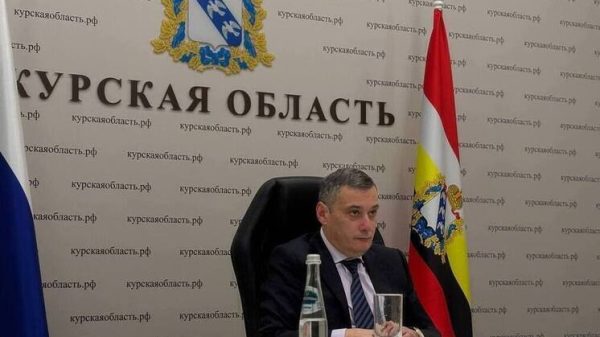
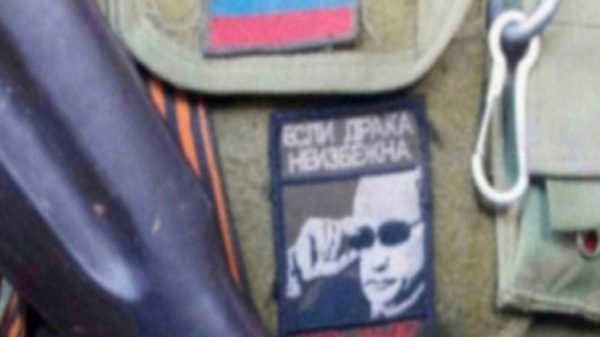

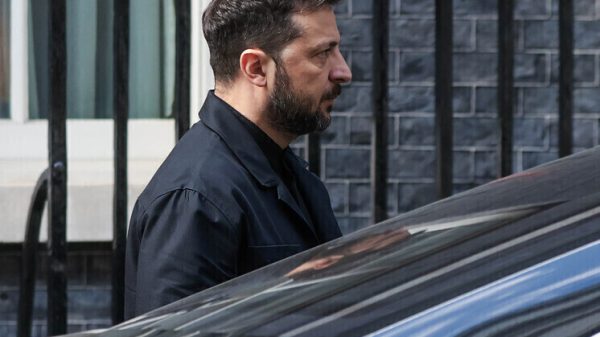



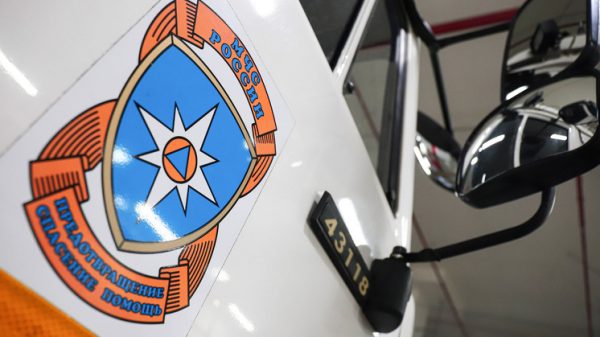
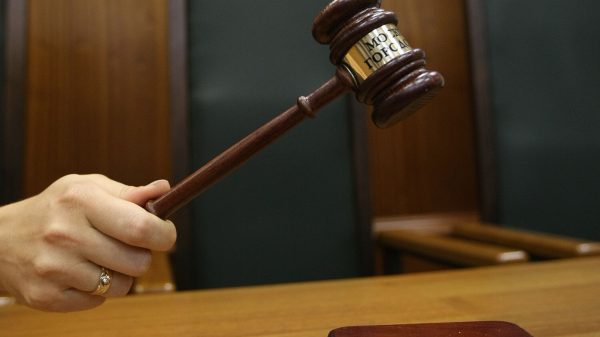

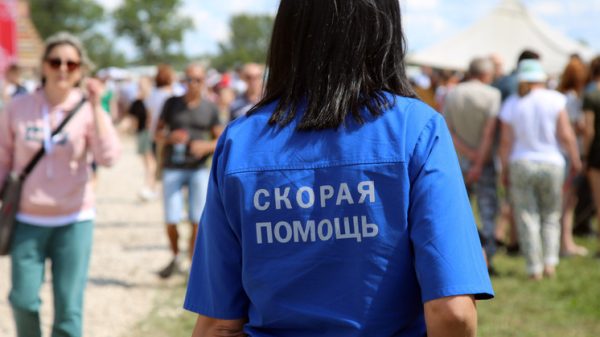
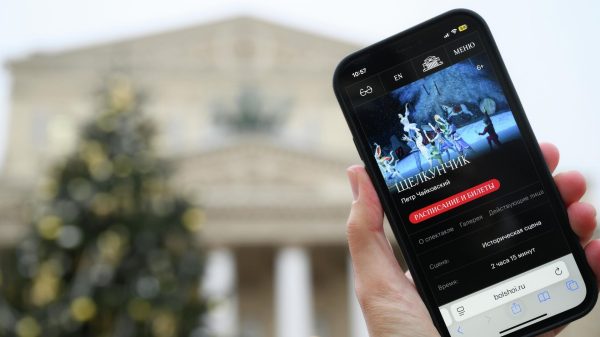
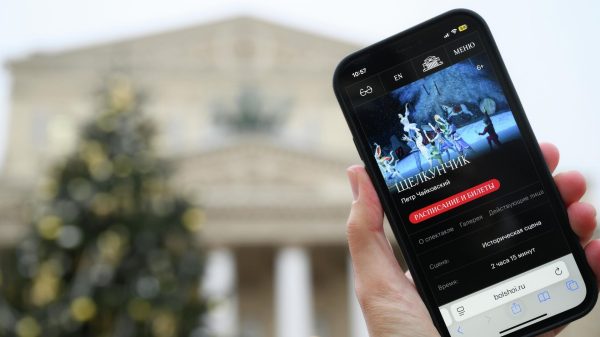
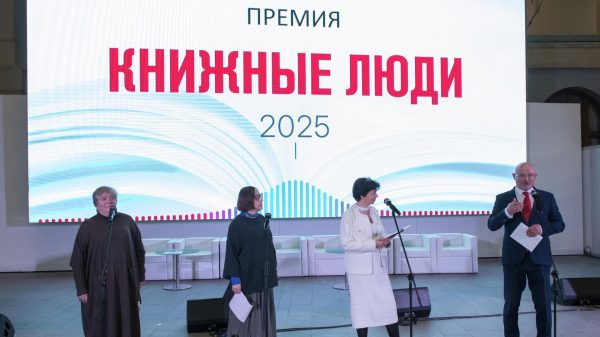
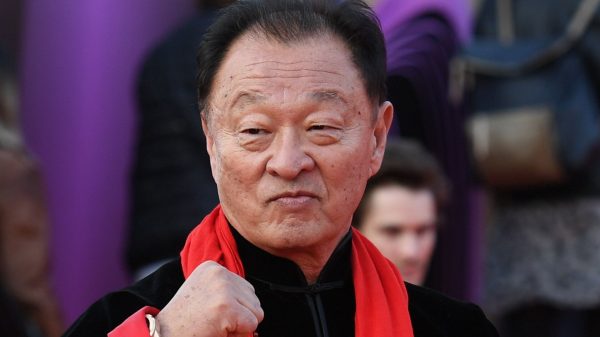
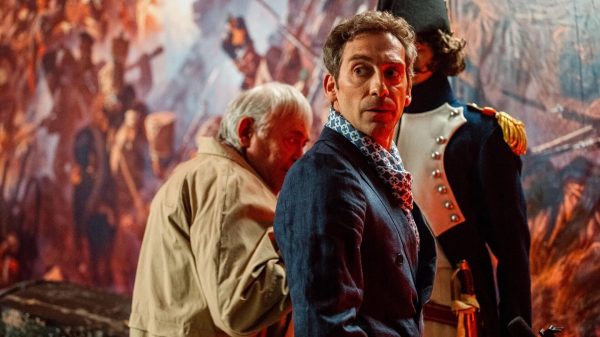

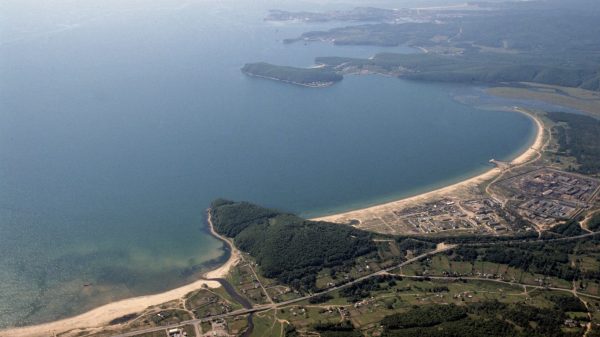





































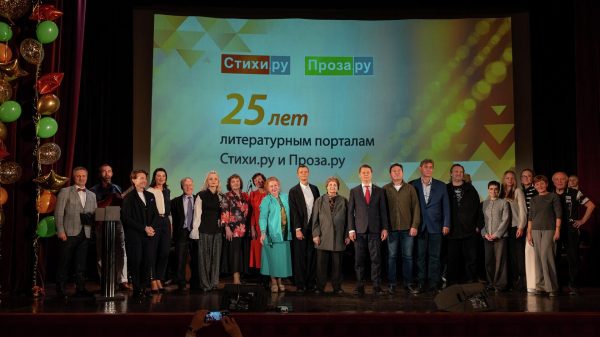
Свежие комментарии